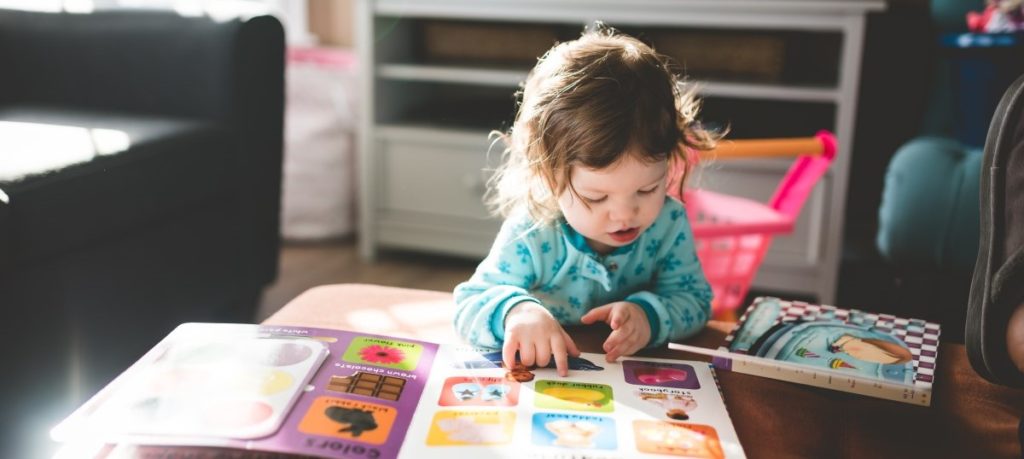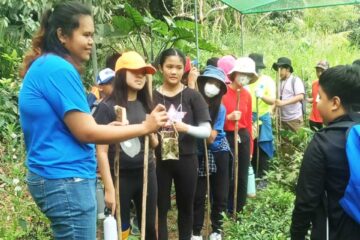Ever wish you could make learning fun for your child? There are countless ways on how to make your child enjoy learning and we listed down our top 5 best ways to make learning fun!
Learning brings forth pop culture images of snoozing kids, boring lectures and heavy books. However, with the new and progressive teaching techniques backed by educational research, things have been rapidly changing.
It is commonplace in our society to measure a child’s intelligence in how quick they memorize the alphabet or how well they memorize the multiplication table. Nevertheless, science has proven that at kindergarten age, a child’s brain is not yet fully developed and is thus better learning in a fluid and less rigid environment. There are several schools in Laguna, specifically schools in Sta. Rosa Laguna, that proudly practice this school of thought.
To learn more about progressive teaching and learning methods that can excite the kids, read on below.
Utilize art materials.
Classroom materials are not limited to blackboards, chalk, and erasers. Make the most out of the common art materials you can find at any store and use it to foster children’s imagination and creativity, all the while teaching them something.

Knowledge sticks better when the receiver is an active participant. You can do this by using different colored popsicle sticks to teach shapes, or balloons and squishy toys to teach textures.
Read books interactively.
Reading books is usually thought of to be for older children because kindergarten children are still in the process of learning their ABC’s and reading monosyllabic words. This may be true but it doesn’t mean they can’t understand a storytelling session when they’re in one!
Polish your monster, mommy and daddy voices, and roleplay with the characters in your chosen book. Make sure that the book you choose is age appropriate for kindergarten students. It also helps to choose a book that is engaging – 3D books are everywhere, nowadays! – and with big fonts for the kids.
Aside from teaching them moral lessons and social cues through stories, you can also build a lesson from the book. It’ll be easier to remember for them and it’ll be hitting two or more birds with one stone for you.
Make use of toys.
Toys are often regarded as distractions in a learning setting. However, it’s best to remember the age of children in kindergarten. Kindergarteners are only three to five-year-old children, learning to interact with people and adjusting to routines.

Toys, when utilized properly, can be a powerful learning tool. For example, a fishing game with a magnetic “hook” at the end of the line can be used to fish different fish with letters on them, or, a toy pizza can be used to explain the concept of sharing.
With toys, you already have their interest and you can skip to the next step which is to retain their attention and engage their senses.
Improvise with household items.
Regular household items can be magical helpers when it comes to engaging kindergarteners. Not only are they cheaper but working with household items also gives you a lot of freedom as to where you want it to go and how it works.
Take, for example, bottlecaps and clothespins. Extend the engagement by asking the students to bring their own share of bottle caps and use a marker to write numbers on its lid sides. This could work as a lesson in counting or, mathematical operations, if the students are advanced.
With a few clothespins in hand and a sheet of paper, you can create a counting wheel with different printed icons like snowflakes or balls and apples. Remember, a child’s imagination is boundless – take advantage of it.
Work the magic with pens and papers.
Of course, the classic pen and paper can never go wrong. There are so many activities you can facilitate with just a piece of paper and a collection of different colored markers and crayons.
Aside from asking the students to draw their favorite animal or fruit, you can go a step farther and facilitate an upside down art lesson. Not only will this excite the children, but it also helps develop their motor skills and perception.
Did you enjoy this article? Feel free to share it on social media!
Learning Links promotes meaningful education and personal growth to help find what students really want for their careers and lives!
Click on the button below to find out how we make great education possible.



